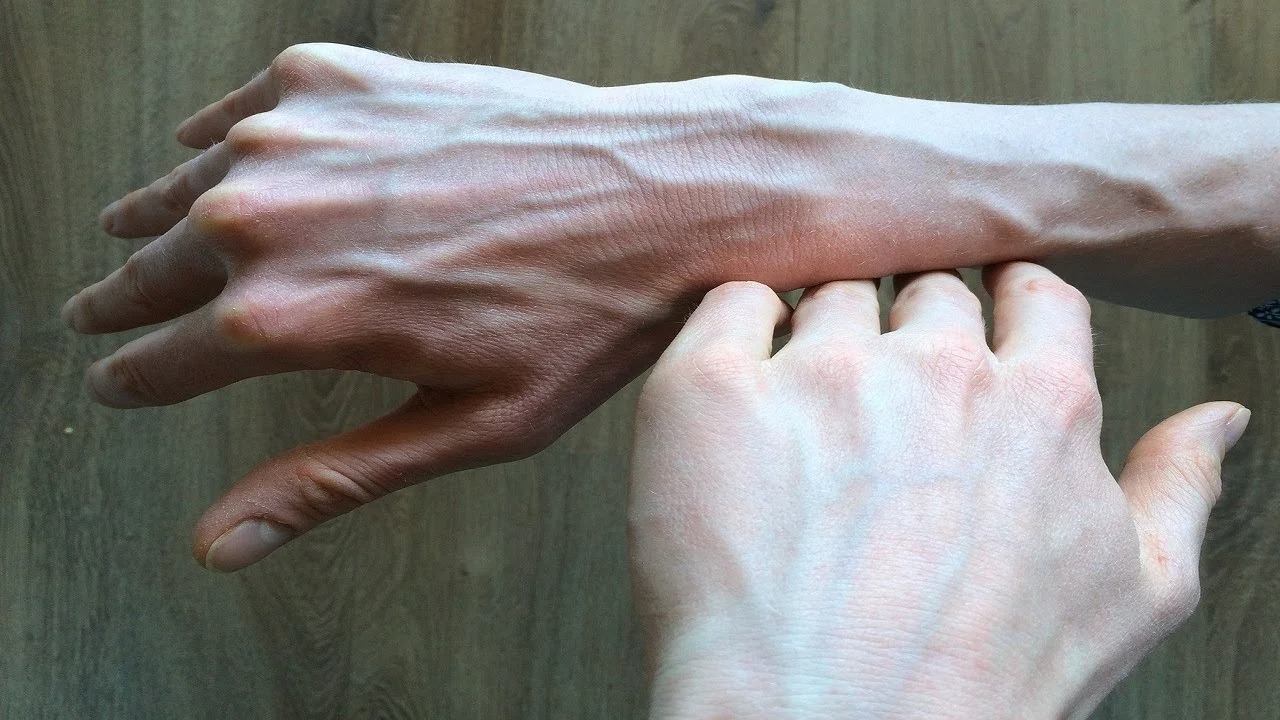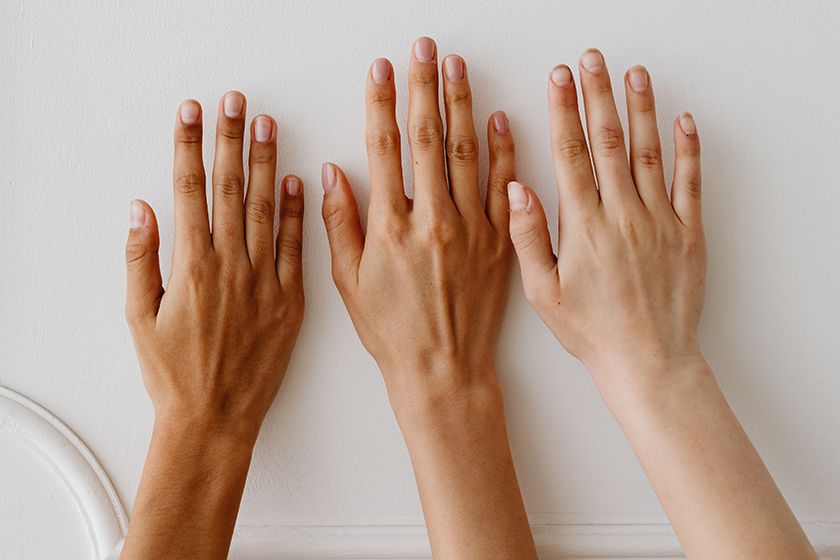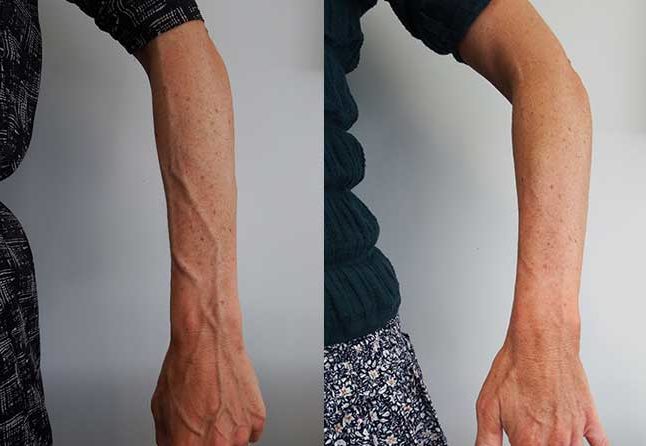
Have you ever looked down at your hands and noticed the veins appearing prominently under your skin? For some, it’s a regular sight, while for others it might be alarming. Visible veins in your hands are usually a normal physiological response—but in certain cases, they may indicate an underlying issue. This article will explore the science behind visible hand veins, the potential causes, and when you should be concerned.
What Does It Mean When Veins Are Visible on Your Hands?
Visible veins, especially on the back of your hands, are typically not a sign of illness. For most people, these veins are closer to the surface of the skin and become more pronounced due to various physical and environmental factors.
Unlike arteries, which are deeper and carry oxygen-rich blood away from the heart, veins return deoxygenated blood back to the heart. The veins in the hands are more superficial, meaning they’re located closer to the surface of the skin. Because of this, they are more likely to be visible—especially under specific conditions.
Common Causes of Visible Hand Veins
1. Low Body Fat Percentage
One of the most common reasons for visible veins is having low body fat. Fat serves as a layer between your skin and your veins. When body fat decreases—whether due to genetics, diet, or fitness training—your veins become more apparent.

This is especially common among:
- Athletes and bodybuilders
- People with naturally lean physiques
- Those undergoing weight loss
A low body fat percentage does not inherently mean a health issue. In fact, it can reflect a high level of fitness when maintained in a healthy range.
2. Age and Skin Elasticity
As you age, your skin loses collagen and becomes thinner. This thinning makes underlying structures—like veins—more visible. At the same time, venous valves can weaken with age, potentially contributing to enlarged or bulging veins.
According to the U.S. National Library of Medicine, skin becomes drier and more fragile over time, which also increases vein visibility, particularly in the hands and arms.

3. Physical Activity and Muscle Engagement
Exercise increases blood flow and muscle pump, causing veins to dilate temporarily. This is especially noticeable in strength training, where increased pressure causes the veins to expand and “pop” out.
If you’ve just completed a workout, especially one involving upper body or grip strength (like weightlifting, pushups, or rowing), you may see your hand veins more clearly for a while.
This effect is known as “vascularity” and is common among athletes and fitness enthusiasts.

4. Genetics and Skin Tone
Your genetic makeup plays a major role in how your veins appear. People with fair or thin skin may have more visible veins simply due to less pigmentation and thinner dermal layers.
In fact, some individuals are genetically predisposed to prominent veins, regardless of age or fitness level. If your family members have visible veins, it may be entirely normal for you as well.

5. Weather and Heat Exposure
In hot temperatures, your body dilates blood vessels to help cool down. This causes veins to become more prominent. Conversely, in colder conditions, veins constrict and may become less visible.
This change is temporary and typically harmless.
6. Dehydration or Temporary Low Blood Volume
When you’re dehydrated, your blood volume may decrease slightly. This causes veins to stand out more prominently against the skin. Drinking water helps restore balance and may reduce their appearance.
When Should You Be Concerned?
In most cases, visible hand veins are completely benign. However, certain symptoms accompanying vein prominence may warrant medical attention. These include:
- Swelling in the hands or arms
- Veins that feel hard or rope-like
- Pain or tenderness along the veins
- Skin discoloration around the veins
- Warmth or redness (signs of inflammation or thrombophlebitis)
These signs could indicate a vascular condition or blood clot and should be evaluated by a healthcare professional.
Can Visible Veins Be a Sign of Disease?

While rare, visible veins can sometimes be associated with medical conditions such as:
1. Varicose Veins (on the Hands and Arms)
Though most common in the legs, varicose veins can occasionally appear on the arms or hands. They are caused by valve dysfunction that allows blood to pool, leading to bulging and twisted veins.
2. Superficial Thrombophlebitis
This is the inflammation of a vein near the surface of the skin, often accompanied by a clot. Symptoms include pain, redness, and swelling along the vein path.
3. Vascular Disease or Circulatory Disorders
In rare cases, increased vein visibility might point to issues like chronic venous insufficiency, particularly if veins appear in unusual patterns or are accompanied by symptoms like numbness, fatigue, or pain.
How to Reduce the Appearance of Visible Veins (If Desired)

While visible veins are natural and even desirable in fitness culture, some people seek to reduce their prominence for cosmetic reasons. Common strategies include:
- Increasing body fat slightly (through healthy diet and reduced caloric expenditure)
- Moisturizing and caring for skin to improve elasticity
- Wearing compression gloves or sleeves to aid circulation
- Staying hydrated and avoiding extreme heat
- Cosmetic procedures like sclerotherapy or laser treatments (consult a dermatologist)
Remember: unless they are symptomatic or associated with discomfort, visible veins generally don’t require treatment.
Are Bulging Veins a Sign of Good Health?

Interestingly, in the fitness world, visible veins are often associated with peak performance and health. This is particularly true among athletes and bodybuilders, where vascularity is considered a marker of low body fat, high muscle tone, and good circulation.
However, vascular appearance alone is not a reliable indicator of health. It should be considered alongside other markers such as blood pressure, cholesterol levels, energy levels, and overall physical performance.
Final Thoughts
Visible veins in your hands are usually a natural and harmless occurrence. They can result from fitness, genetics, age, skin tone, or environmental conditions. While most cases are completely normal, it’s important to pay attention to changes in vein appearance or associated symptoms.
If your veins become painful, swollen, or change color, seek medical advice to rule out underlying issues.
For the majority of people, especially those who are lean or physically active, visible hand veins are just a part of their unique physiology—and often a sign that the body is functioning well.